Gaussian laser beams don’t have a simple cut-and-dry beam width.
If you’re not familiar with the math behind a “Gaussian” you might wonder why this would be. Here’s why:
The image above (from BeamGage) is a two-dimensional display of power in space. Color is used to represent intensity.
So, where should the line be drawn? What is the beam size? Is it where the blue ends? The purple?
Gaussian beams have a bell-shaped intensity curve. That means that we can’t just say the beam width is measured between the ends of the beam, since a Gaussian beam never ends. In reality, at a certain point the hypothetical laser power is so low as to be drowned out by ambient noise. But that doesn’t help answer the question of where to measure beam width.
There are several ways to define beam width for Gaussian beams, but here are a few:
1/e2
This is probably the most commonly used in research circles. By the 1/e2 method, you measure beam width between the two points where the intensity is 1/e2 of the peak value. Clear definition, but only about 86% of the laser power is contained within the 1/e2 width.
(Our new “power through aperture” calculator lets you easily see how much of the laser will pass through a given area. For example, choose a beam width of 8 mm and aperture of 10 mm. Common sense states that 100% should pass through, since 10 > 8. However, don’t forget that only 86% of the beam is contained within the 8 mm beam diameter. So how much of the laser is in 10 mm? Check the calculator for the answer.)
FWHM
Used most often in industrial contexts, this is the simplest method to understand. Full-width, half max. That is to say the diameter measured between the two points at which the intensity is half the peak. (Full width is meant to indicate beam diameter rather than half width, which would be the radius.)
D4σ
D4σ stands for distance between the 4σ values, i.e., four times the standard deviation. This is the ISO standard method for maximum accuracy. However it can overly weight the wings if not using proper background subtraction, such as UltraCal:
… And more!
I’ve really only scratched the surface here. I didn’t mention knife edge or other methods for measuring beam width.
Greg Slobodzian, Ophir-Spiricon Director of Engineering (retired) discusses some of these beam width calculation methods, as well as how to measure the beam width:
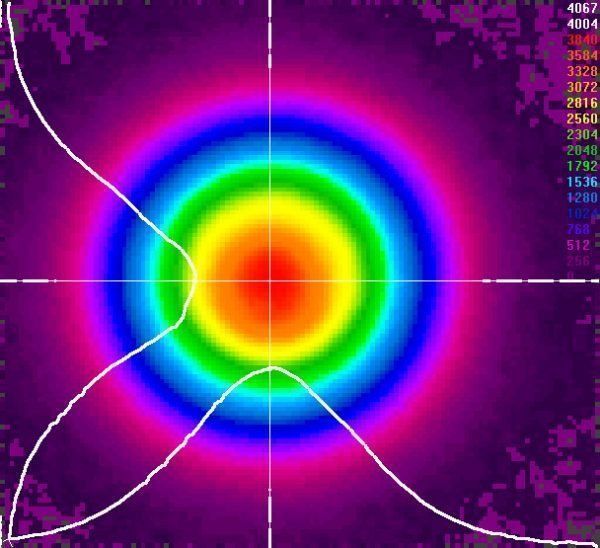
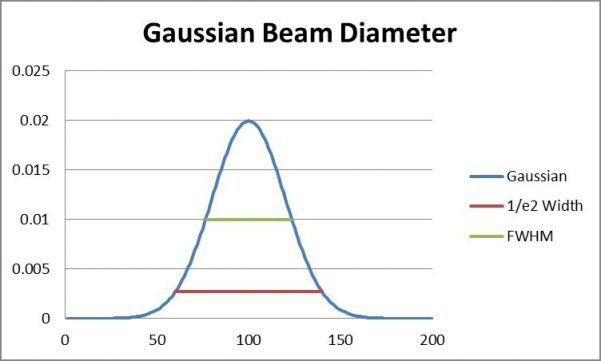
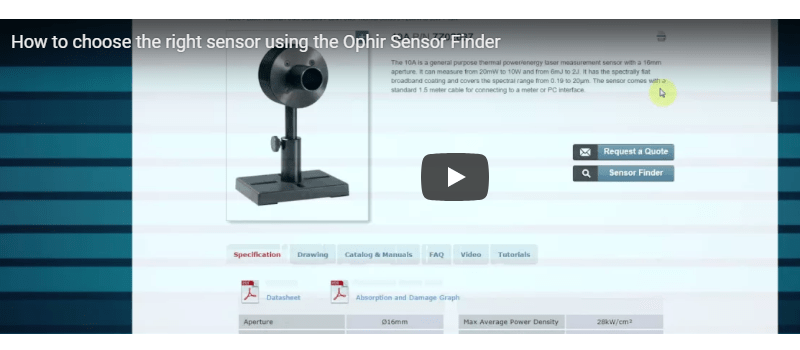



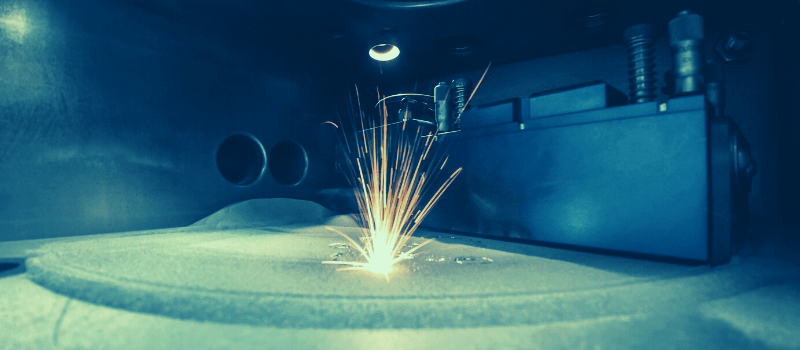
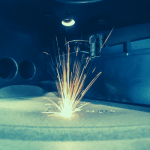
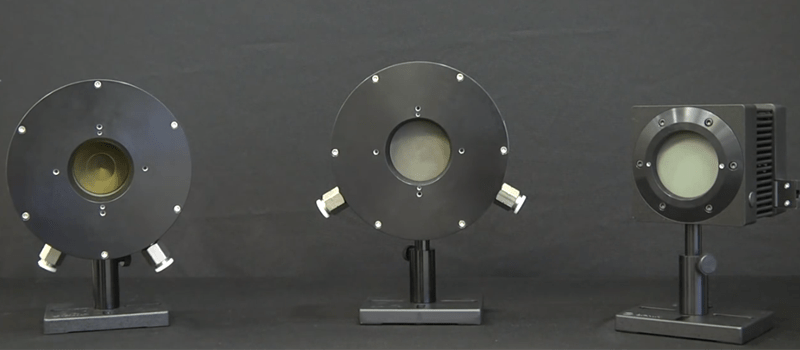
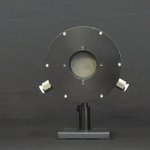

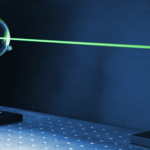
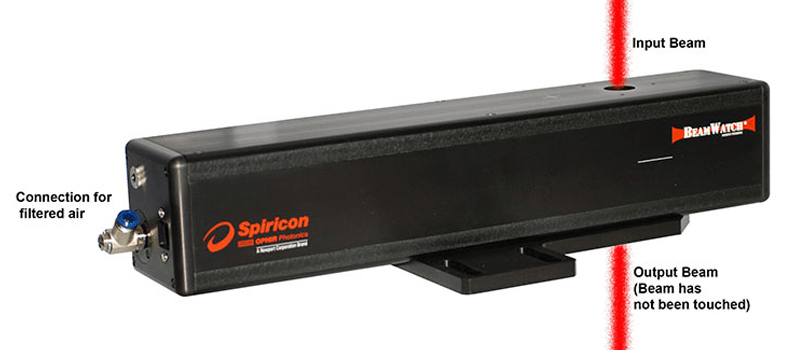
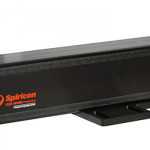
Thank you for this clear explanation Effy, I always find these kinds of calculations tricky.
Glad to help! What do you use these calculations for, if I may ask?
Re: D4σ stands for distance between the 4σ values, i.e., four times the standard deviation.
Is it the distance between the +2σ and -2σ values, i.e., four times the standard deviation
OR
Is it the distance between the +4σ and -4σ values, i.e., eight times the standard deviation?
Thank you for clarifying!
Hi Michael Joffe,
D4σ stands for the distance between the +2σ and -2σ values, i.e., four times the standard deviation.
You can read more about it here:https://www.ophiropt.com/user_files/laser/beam_profilers/tutorial-1.pdf
… abbreviated D4σ because it is the diameter at ±2σ which is ±1/e2 for Gaussian beams.
Hope this was helpful.
Which method is good for measuring M2 of diode laser beam?
Knife edge or D4sigma method?
Hi Sandeep, There are many different diode lasers and each case should be discussed individually, but if the data is collected correctly and each slice (cross-section) content at least 99% of the energy, then D4σ is the generally recommended method.